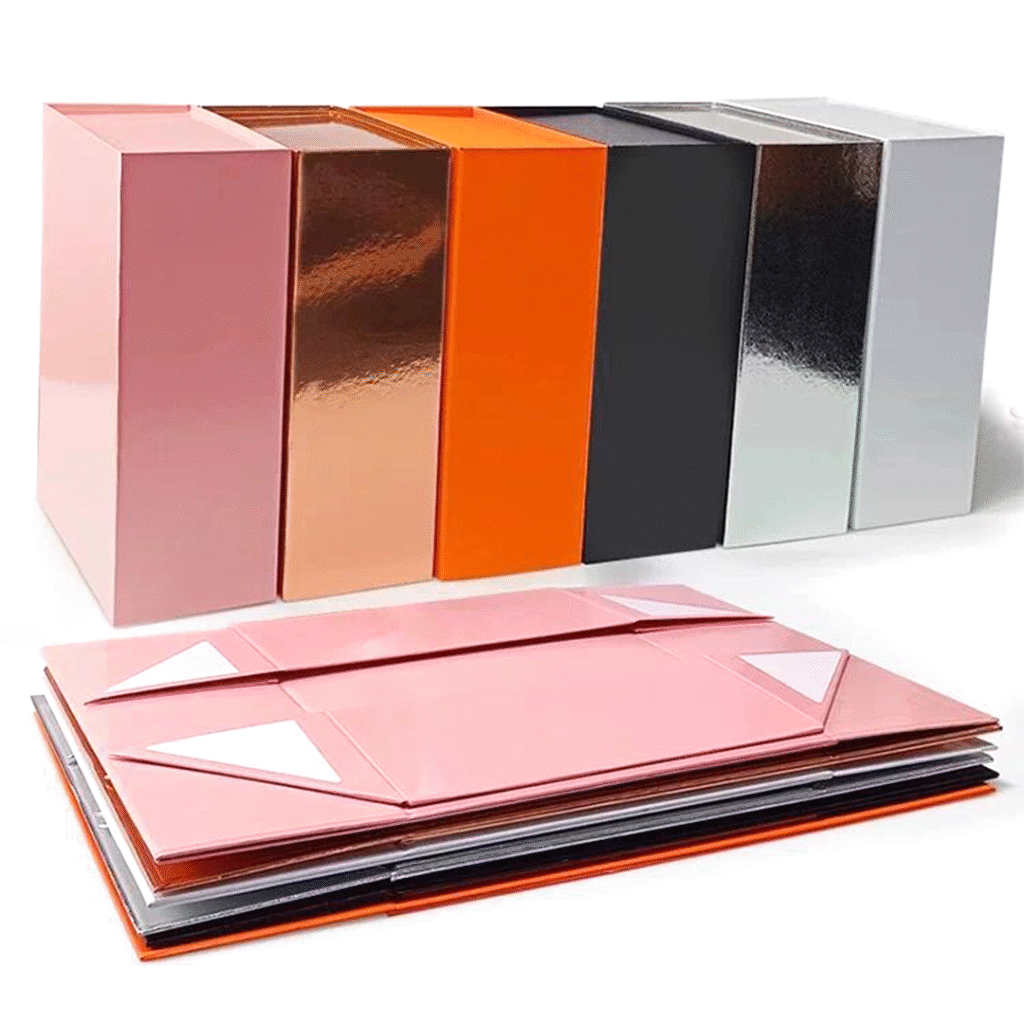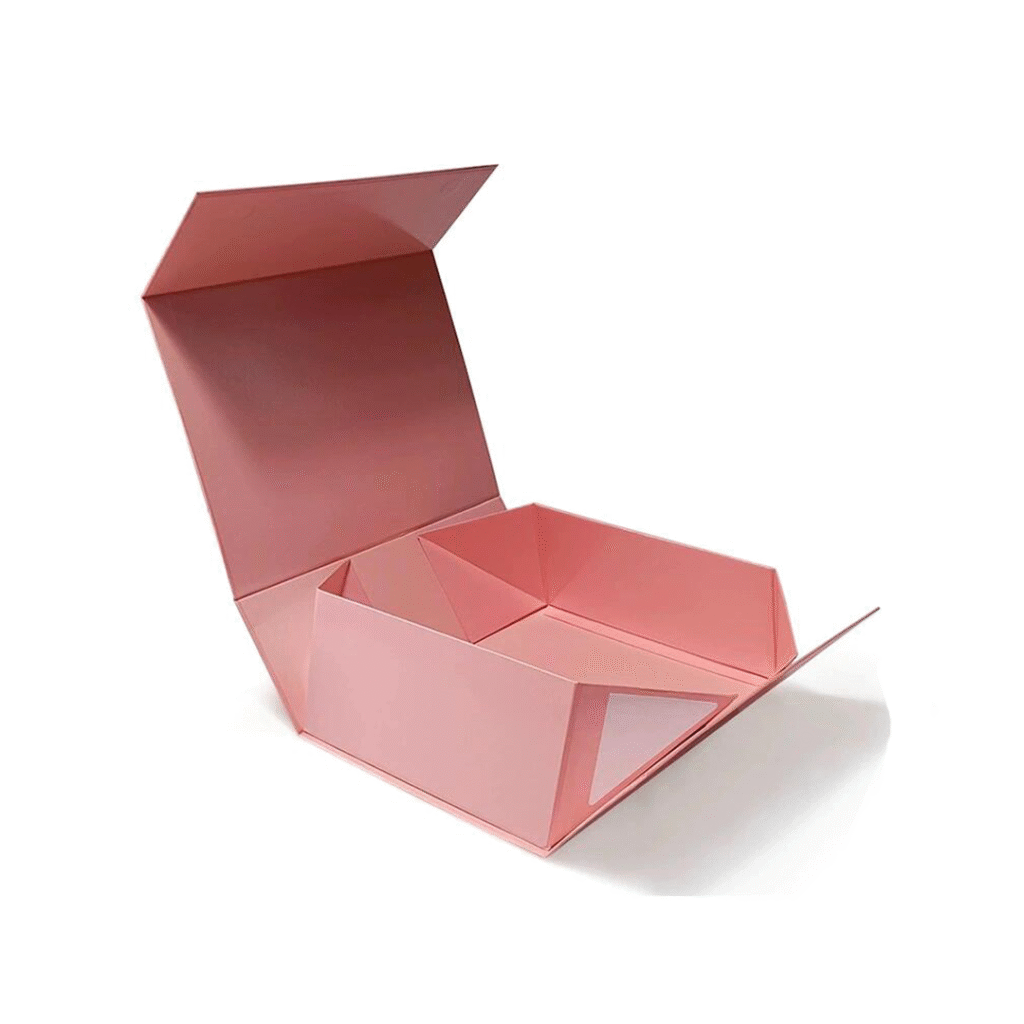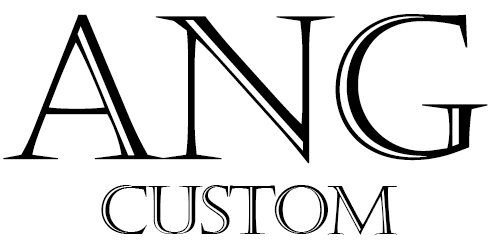How to Choose the Perfect Size Magnetic Box for Your Products
A client running a luxury men’s suit brand once ordered 500 magnetic gift boxes for their tailored blazers. They guessed at size, picking 20x14x3-inch boxes—only to find the folded suits crammed in, with creases forming during shipping. Customers returned 15% of orders, complaining “the suit arrived wrinkled.” They had to rush-order 24x18x4-inch boxes, wasting $600.
Another client selling premium cotton shirts used 12x8x2-inch boxes, assuming folded shirts would fit. But the magnetic lids pressed down on the collars, leaving permanent creases. Reviews called the packaging “careless,” and repeat buys dropped 10%.
Picking the right size magnetic gift box for clothing—whether suits, shirts, or accessories—balances protection (no wrinkles), presentation (luxury unboxing), and practicality (easy magnetic boxes storage, especially with space-saving magnetic folding boxes). Here’s how to get it right.

Measure Your Garments: Fold as You’ll Ship
Clothing sizing depends entirely on how you fold—skip this step, and you’ll get boxes that don’t work. Grab a digital ruler and measure folded garments in inches (length x width x height):
Suits (blazers, trousers): Fold blazers with shoulders aligned, sleeves tucked neatly; trousers folded in half lengthwise, then in thirds. A well-folded blazer measures ~22x16x3 inches (length of shoulders, width of chest, thickness of folded layers). A client skipped this, measured the unfolded blazer (40×26 inches), and ordered boxes that were way too big—suits shifted, wrinkled, and shipping costs spiked.
Shirts (dress shirts, casual button-downs): Fold vertically along the center, then fold sleeves in, then fold bottom up to meet the collar. This creates a neat rectangle ~14x10x1.5 inches. The shirt client I mentioned earlier used 12x8x2-inch boxes—too narrow for the 14-inch length, forcing them to cram the shirt, which bent collars.
Multi-item sets (shirt + tie, suit + pocket square): Arrange folded items side by side, then measure the total width and length. A brand selling shirt-tie sets measured them separately, ordered boxes that fit the shirt but not the tie—items got jumbled, and “messy packaging” reviews followed.
Add 1–2 Inches for Wrinkle-Free Space
Clothing needs breathing room to avoid creases, but not enough to shift. Here’s the rule:
Thick items (suits, heavy jackets): Add 2 inches to length and width, 1 inch to height. This leaves space for tissue paper between layers, preventing friction that causes wrinkles. The suit brand added only 1 inch—suits rubbed together, creating creases. Upping to 2 inches + tissue paper cut wrinkled returns by 80%.
Thin items (shirts, ties, lightweight knits): Add 1 inch to length and width, 0.5 inches to height. A shirt brand added 1.5 inches, making boxes so big shirts slid around—collars bent anyway. Cutting to 1 inch kept shirts secure without extra space.
Delicate fabrics (silk shirts, linen suits): Add 1.5 inches to all dimensions. These fabrics wrinkle easily—extra space + acid-free tissue (to prevent snags) is key. A linen suit brand used this tip, and “wrinkle-free” mentions in reviews doubled.

Ideal Sizes for Clothing Packaging
Skip generic “one size” boxes—these proven sizes work for most garments:
Suits (single blazer or full suit): 24x18x4 inches. Fits a folded blazer + trousers with tissue, lid closes flat. The suit client switched to this size, and “wrinkled” complaints dropped to 2%.
Dress shirts (1–2 pieces): 15x11x2 inches. Accommodates folded shirts with collars propped (no bending). The shirt brand upgraded to this, and collar-crease returns vanished.
Shirt + tie sets: 16x12x2.5 inches. Fits folded shirt + rolled tie (in a small pouch) side by side. A client using this size got reviews like “everything arrived neat—love the presentation.”
Accessories (belts, scarves): 10x8x2 inches. Rolls belts or folds scarves without cramming. A belt brand tried 8x6x1 inches—buckles poked through the box, damaging the exterior.
Magnetic Boxes Storage for Clothing Brands
Magnetic folding boxes save space for bulk inventory—critical for clothing brands with seasonal stock:
Suit boxes (24x18x4 inches): Fold to 24x18x0.8 inches. Stack 5–6 high (heavy when folded). A suit brand stores 100 folded boxes on a 3-foot shelf—rigid boxes needed double the space.
Shirt boxes (15x11x2 inches): Fold to 15x11x0.5 inches. Stack 10–12. A shirt brand fits 300 folded boxes in a closet—previously, 100 rigid boxes filled it.
Accessory boxes (10x8x2 inches): Fold to 10x8x0.3 inches. Stack 15–20. A scarf brand uses these, cutting storage costs by 50%.
Calculate needs: 500 shirt boxes x 0.5 inches = 250 inches (~21 feet) of shelf space. Avoid overordering—seasonal styles change fast.
Wrapping Up
For clothing brands, the perfect magnetic gift box size protects fabrics, preserves shape, and feels luxurious. The suit client now uses 24x18x4-inch boxes with tissue—returns are minimal, and customers praise “how crisp the suit arrived.”
A well-sized box says “we care about quality”—poor sizing says the opposite. Measure folded garments, test samples, and plan storage. Your brand (and customers’ wrinkle-free suits) will thank you.
Need Expert Guidance?
ANG specializes in custom packaging for global fashion brands. Contact us for a free consultation material and sample.
